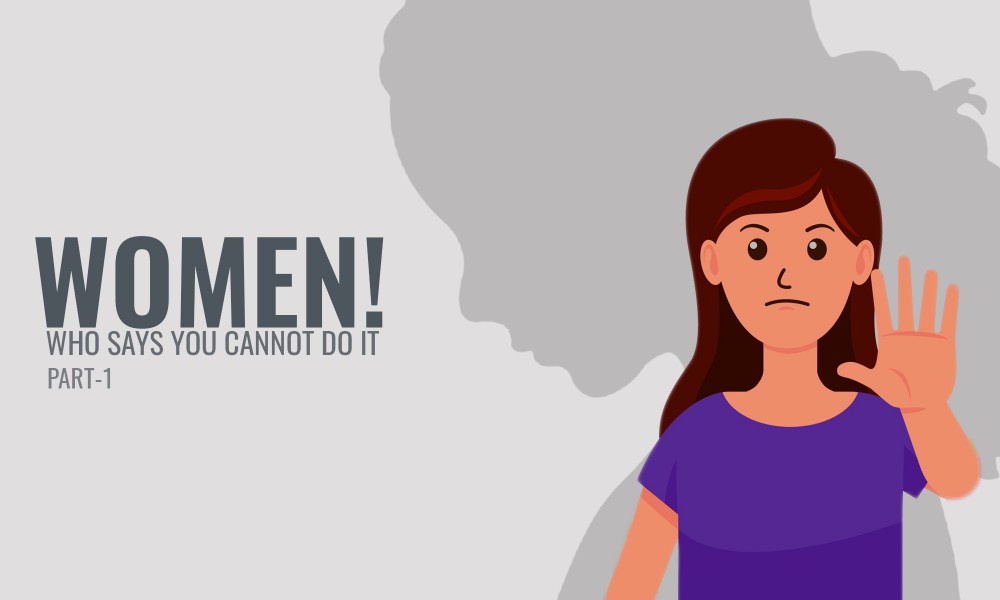
Recently I was sitting with a group of friends, and we were discussing the gory state of our country – number of rapes, crimes against women happen and that with each passing day this has become a common day phenomena. We talked and I went into a very deep thought – this needs to be fixed and my friend in trying to interpret my facial expressions remarked – Hey Dear! Such is the state, what can we do, we need to accept it and move on. “What can we do??” Such a lame treatment for the issue of everyday survival of women – Well, if the same had happened to her or her family, would she have reacted the same way?
Why did Lord Krishna jump into the matter of Draupadi Cheeraran? He once remarked to Arjuna that Draupadi Cheerharan is not your personal problem but it is a social problem. If the Daughter-in –law of a princely family is not safe in our country what to talk common women-folk. Precisely the point – we have so easily accepted crime/violence against women being a part of our life that even remotely the very thought of having to fight against it, having faith in our abilities is lost. Mahatma Gandhi said – “Be the change that you wish to see in the world.”
Let’s try to analyze things from a scientific angle – Our brain is made up of approx. 100 billion tiny nerve cells called neurons. Each neuron has between 1000 and 10,000 synapses or places where they connect with other neurons. These connected nerve cells form what are called neural networks or neuronets.
A fundamental rule of neuroscience is that nerve cells that fire together, wire together. If you do something once, a loose connection of neurons will form a network in response; but if you don’t repeat the behavior, it will not “carve out a track” in the brain. When something is practiced over and over again, these nerve cells develop a stronger and stronger connection, and it gets easier and easier to fire that network. Just as electricity flows through the path of least resistance, our thought currents automatically tend to flow in neuronets which are most frequently used.
If one keeps hitting the repeat button in the neuronets, those habits become increasingly hardwired in the brain and are difficult to change. As a connection is used over and over, it gets stronger, better established, like forging a path through tall grass by walking it again and again.
This can be advantageous – it’s called learning – but it also can make it difficult to change an unwanted behavior pattern – “An addiction to weakness”.
Over and over if we keep telling ourselves – What can we do? What can we do? We are meek, weak creatures – the thought will be engrained in our brain so deep that we’ll not be able to overcome this behavioral pattern. Just as an elephant – when it is a baby it is tied with a rope and being small it is unable to break the rope; it tries fervently to free itself but is unable to. This it repeats again and again but is unsuccessful; as a result it loses hope and subsequently stops trying. Now when it grows up it becomes stronger and super capable of breaking the rope but since incapability to break the rope has been engraved into its mind it doesn’t even attempt to do the same… (to be continued)
